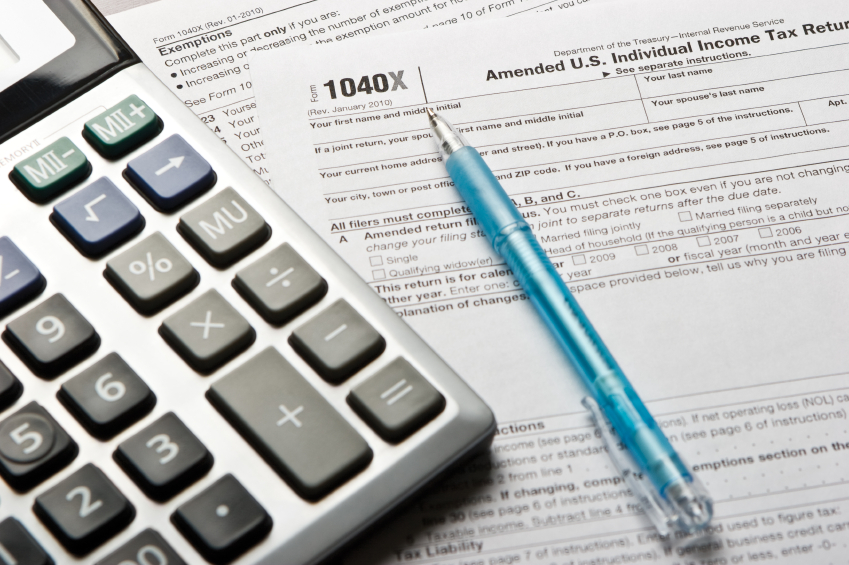 Understanding the Basics of a Pay Stub
Understanding the Basics of a Pay Stub
A pay stub is a part of a paycheck that lists details about the employee’s pay. It lists down the wages earned for the pay period and year-to-date payment. It also lists down the taxes and other deductions made out of the employee’s earnings. It then shows the net pay the worker gets.
As an employer, you can provide your employees with printed or electronic pay stubs. It is a requirement by some states to provide pay stubs. The information that is added on the pay stub will vary depending on the state. You can retain a copy of each payroll stub for your payroll records.
The Work of Payroll Stubs
The information that is included in a pay stub is useful to both the employer and the employee. The employees are offered with the pay stubs as a record of their wages. Employees can review their pay stubs to ensure that they were paid the correct amount and understand their deductions.
The employer can use the pay stub to settle discrepancies with employee day. If an issue comes up about the worker’s pay; you can use the payroll pay stub to fix the problem. The pay stubs are also useful when filing taxes as you can apply to them to fill the employee’s Form W-2.
Components of the Pay Stub
There is a lot of information included in the pay stub to help both the employer and employee keep track of payments and deductions. Read on to find out the information included on the pay stubs.
Gross Wages: Gross wages form the starting point of an employee’s pay. Gross wages is the money that the worker is owed without the deductions being made. Gross pays are calculated differently depending on whether the employees are paid a salary or on an hourly basis. For the hourly workers, the hourly rate is multiplied by the number of hours’s worked. The salaried worker’s pay is arrived at by dividing the annual salary with the number of pay periods in the year.
On the payment day, workers will not take home the gross salary. Payroll taxes, as well as other deductions, are made to reduce their earnings. The pay stub will itemize the deductions so that the employee can see the amounts that have been taken from their gross pay. Deductions include the employee tax deductions, benefits and other deductions, as well as employer contributions.
Net pay is the amount that remains after removing the deductions from the gross salary. This is the amount that the worker will take back home. It is the amount that the employer indicates on the employee’s paycheck or direct deposit into their bank account.
The pay stubs records net pay hence you can find both the current net pay for the pay period and the year-to-date net pay.
